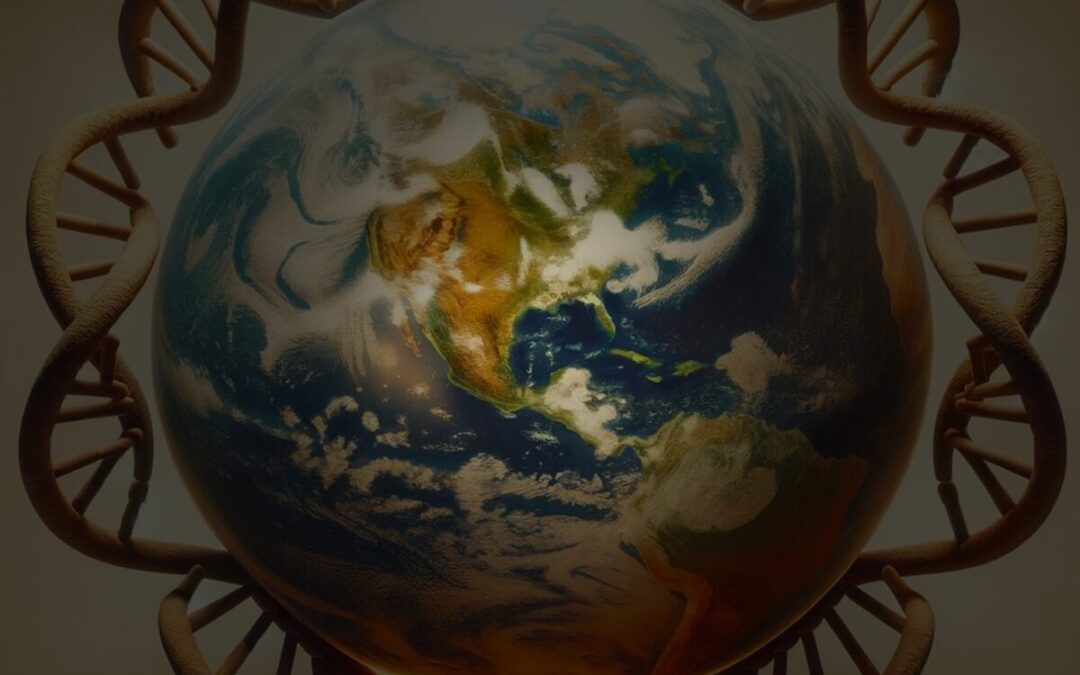To survey the planet’s vast biodicersity, some scientists are banking on environmental DNA, robots, and more.
Around the world, scientists like biologist Andy Hubbard are increasingly turning to eDNA to detect species from discarded bits of skin, scales, and mucus in water, soil, and air. In the field of conservation research, the emerging technology is opening new frontiers to monitor endangered species, track invasive ones, and sample general biodiversity. It’s also cheaper. And while the field still faces limitations around accuracy and precision, scientists say eDNA is fast becoming a game-changer for wildlife conservation efforts.
But the vast oceans remain largely unexplored and eDNA is an important tool to unravel the unknown, said Kelly Goodwin, a marine molecular microbiologist with the National Oceanic and Atmospheric Administration. The technology is enhancing the agency’s numerous tools that allow scientists to explore ocean life and protect it, she said.
For the whole article go here

